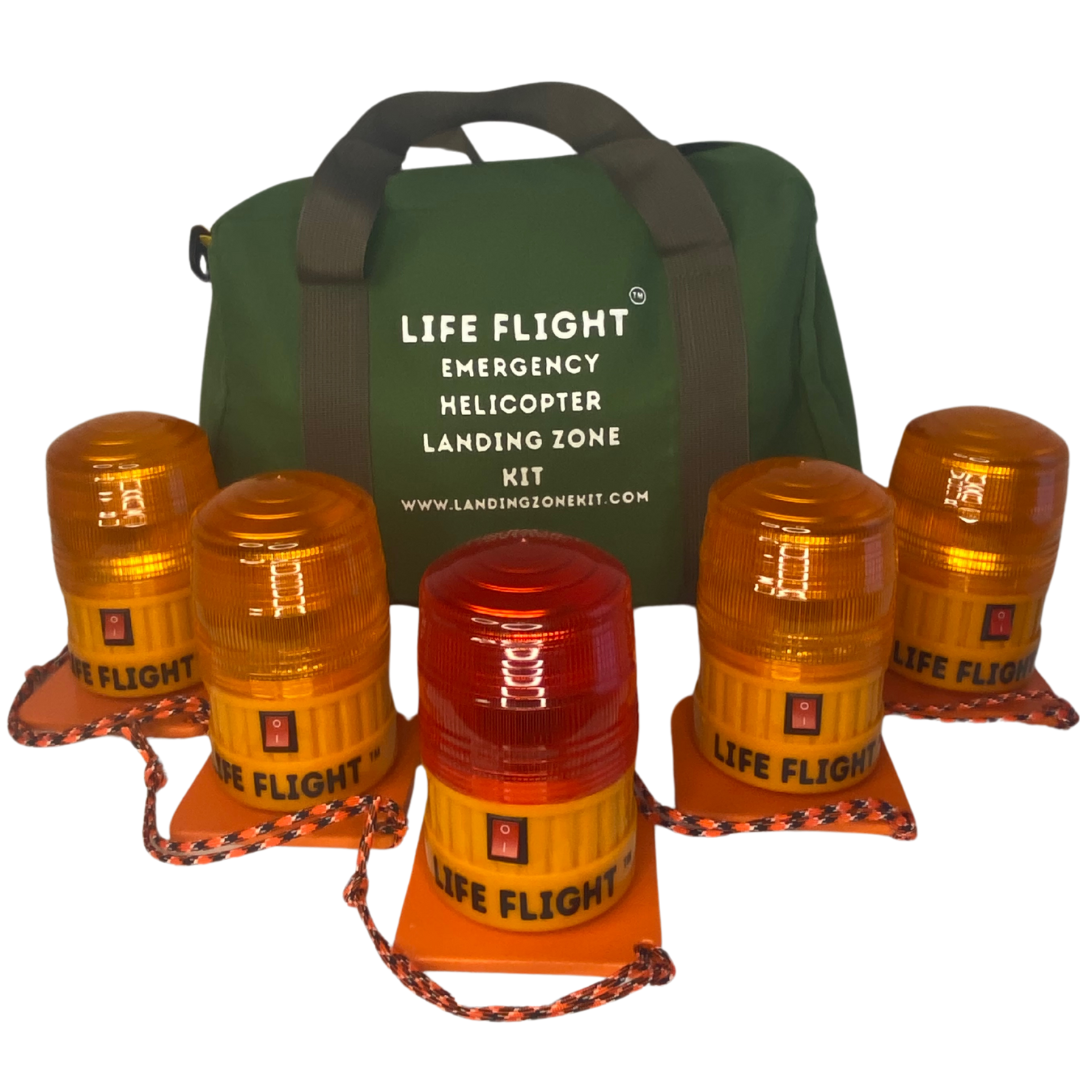
Life Flight™ Landing Zone Kit
Life Flight™ Landing Zone Kit
Share
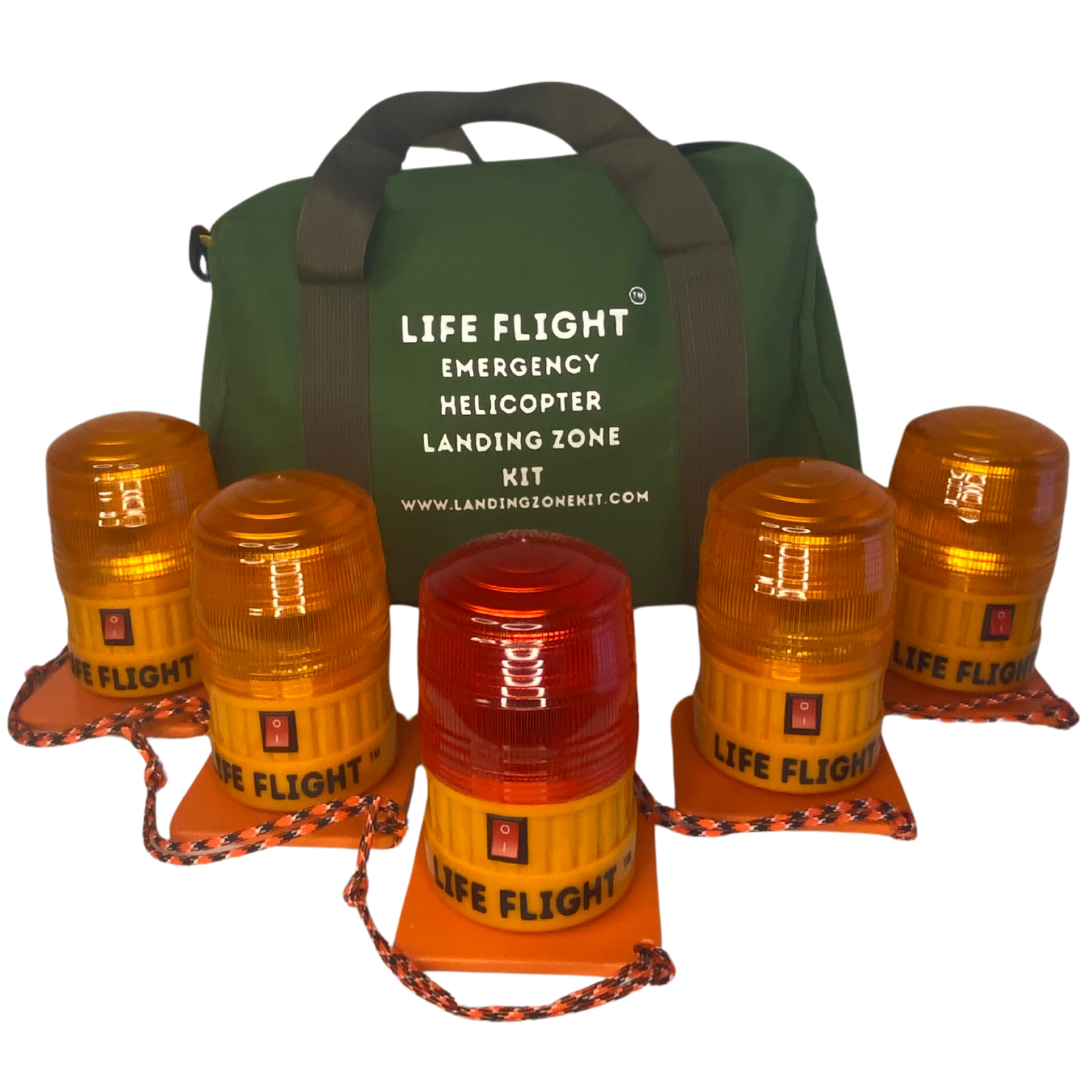
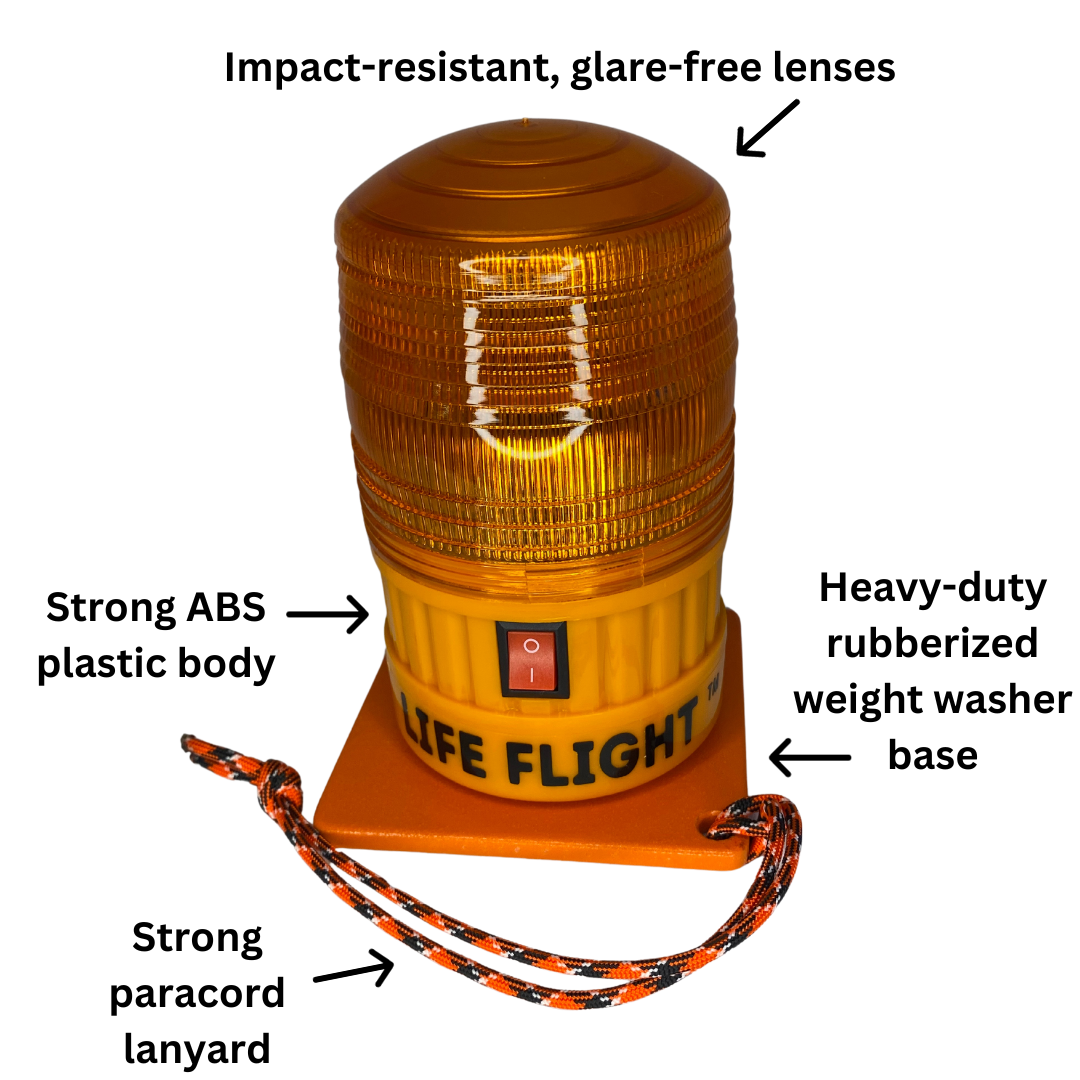

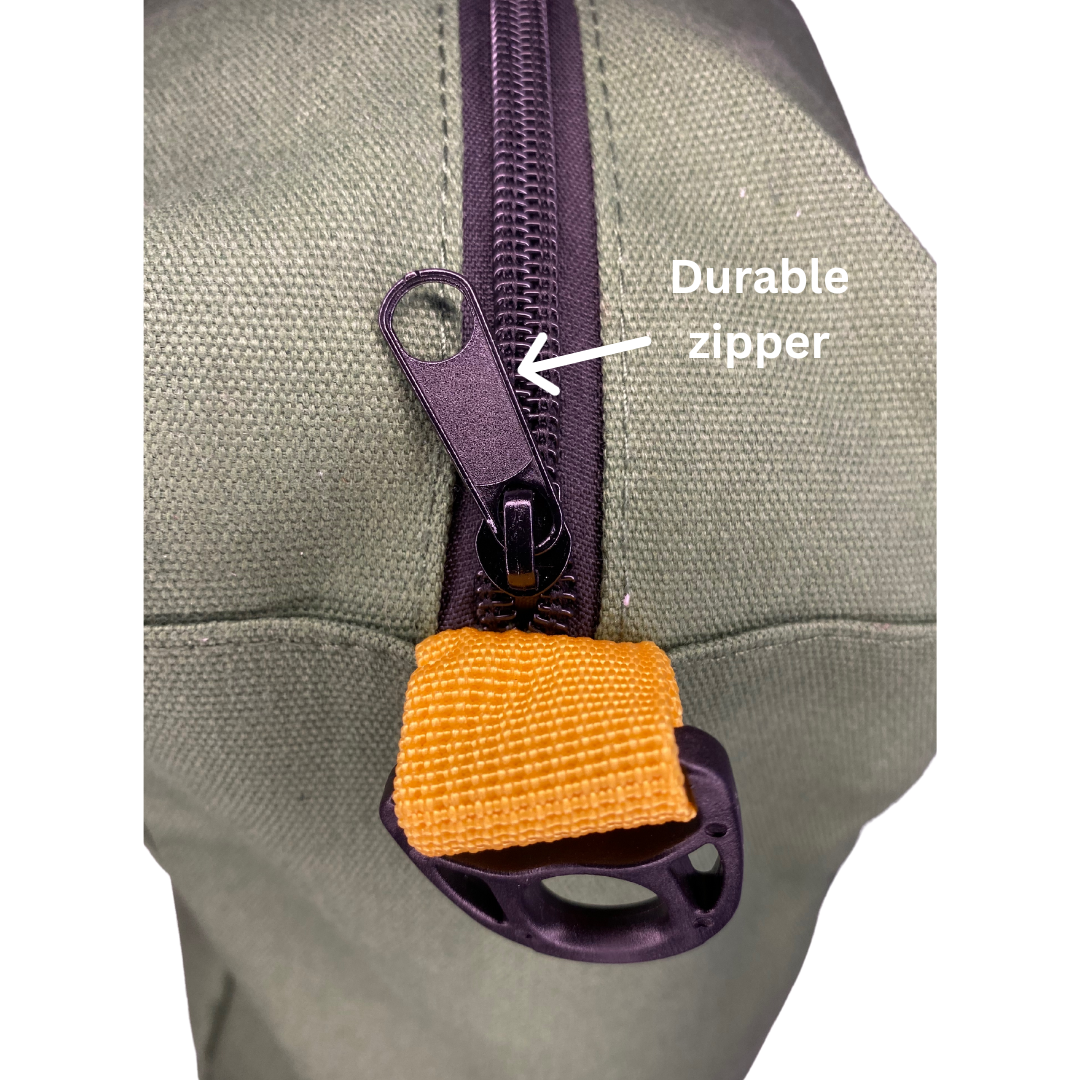
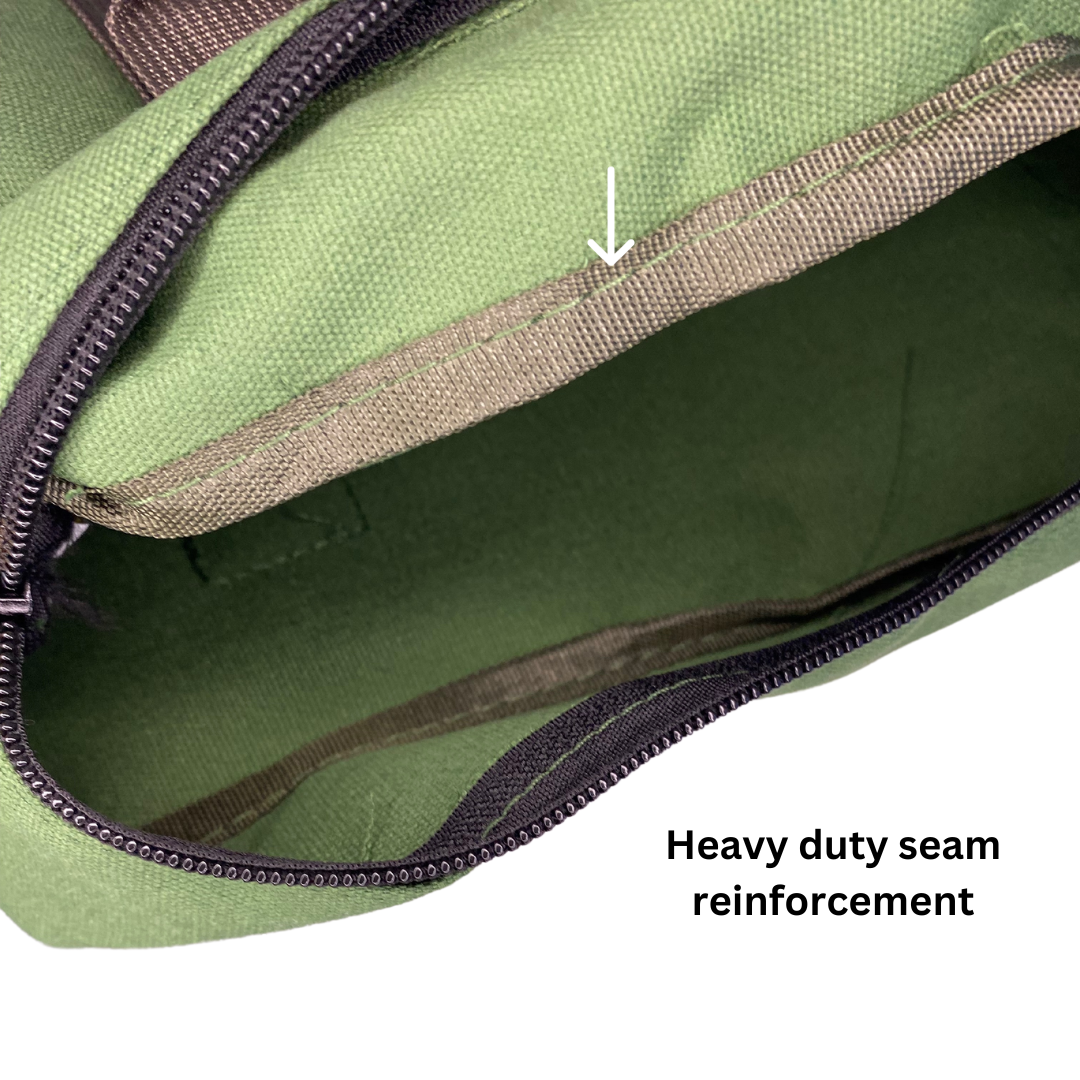
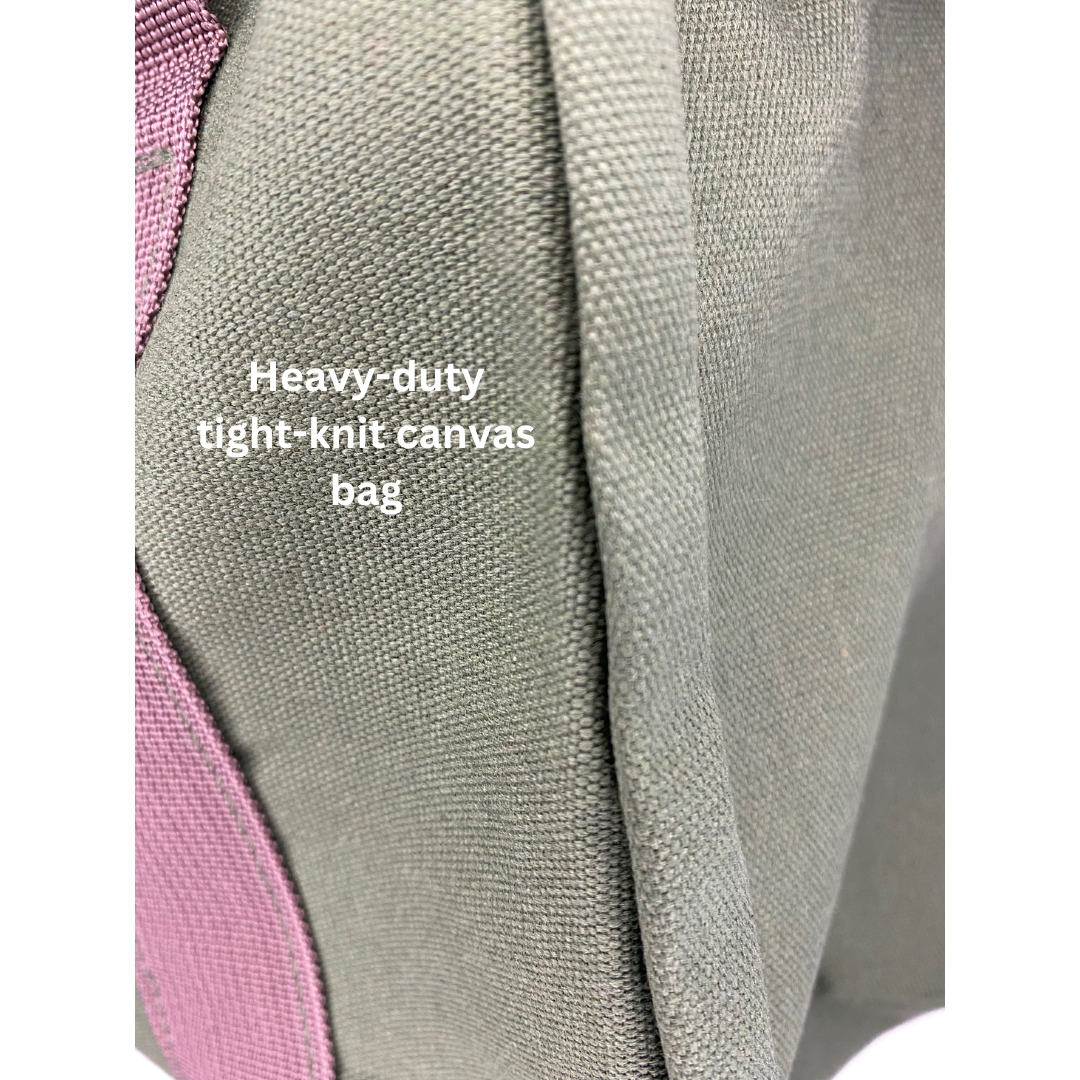
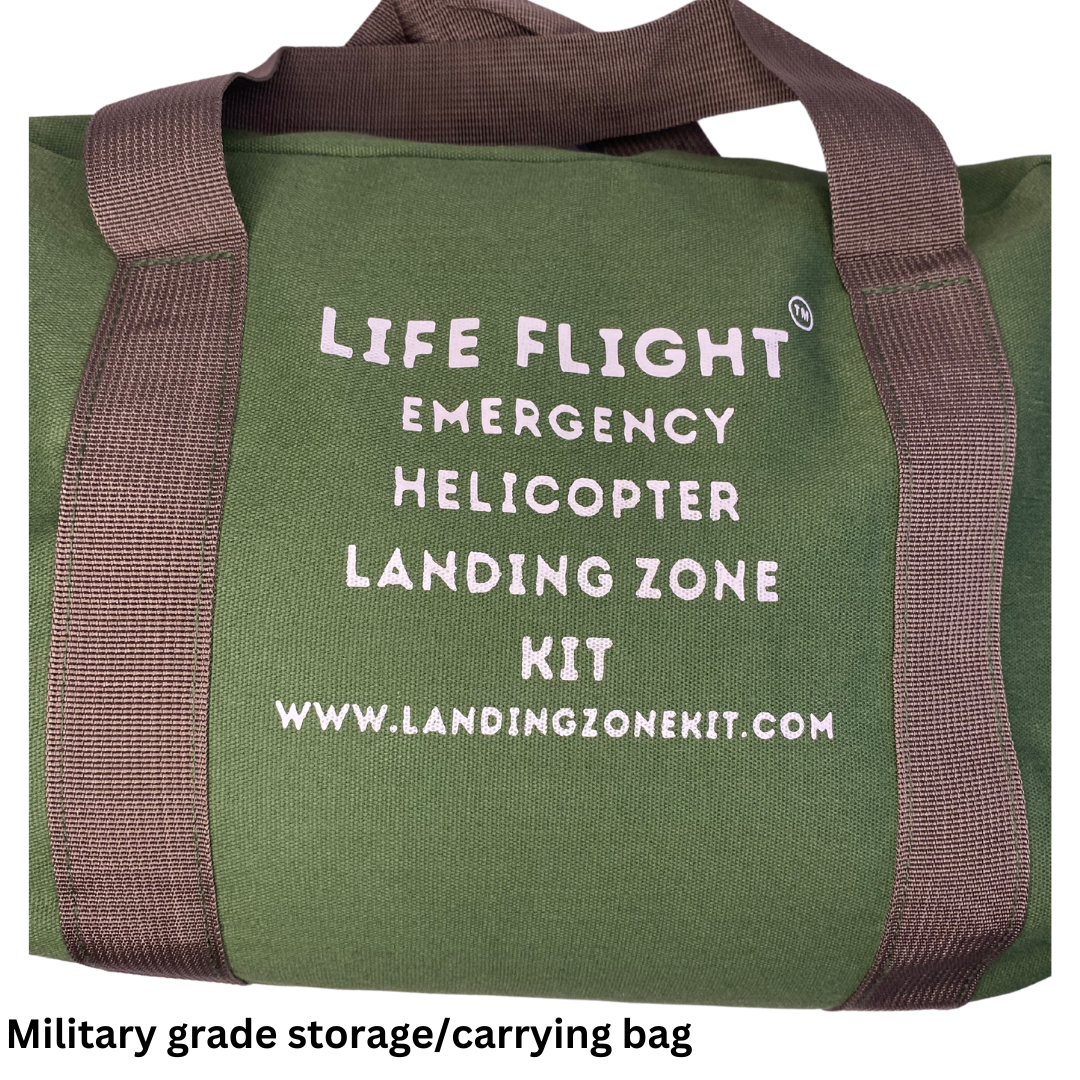
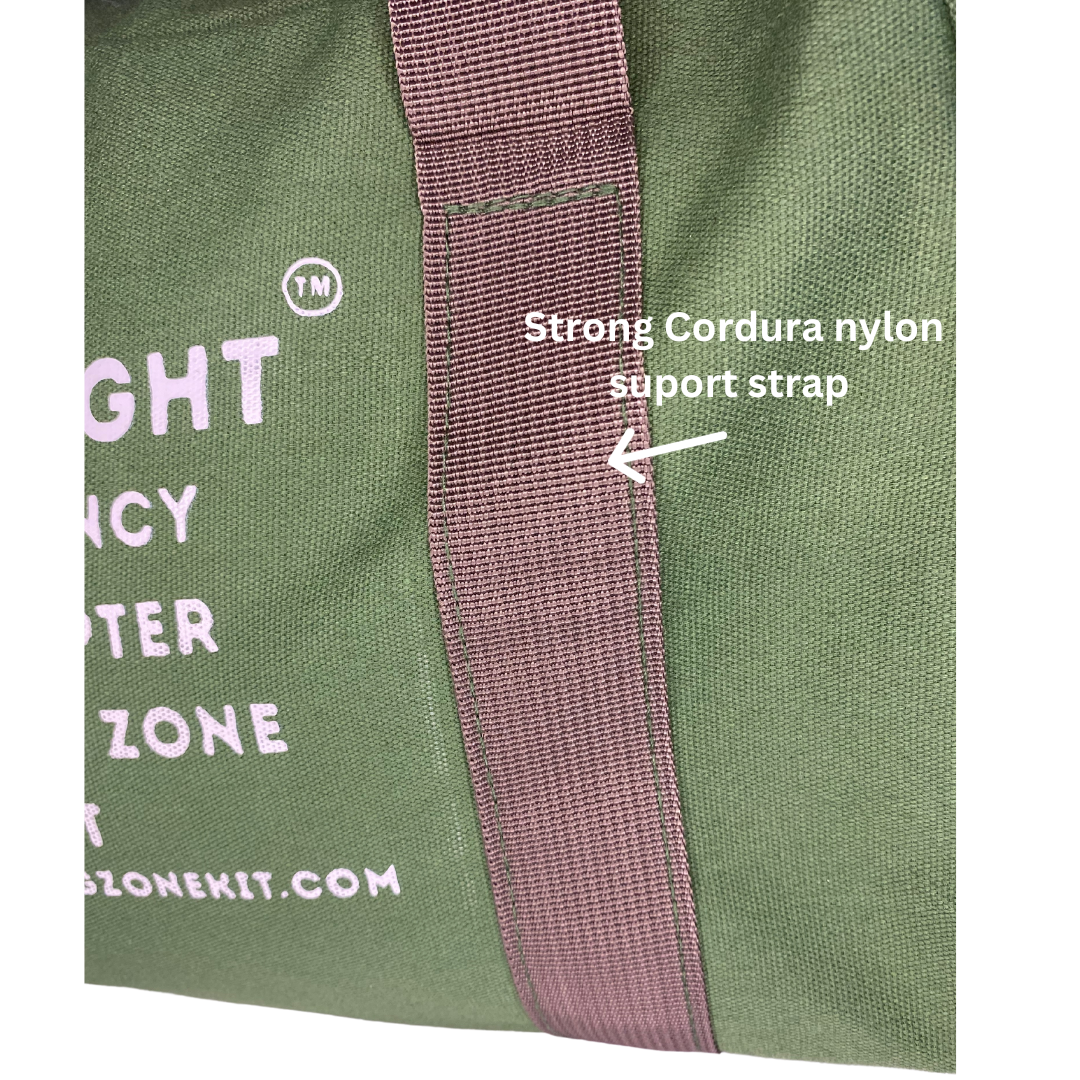
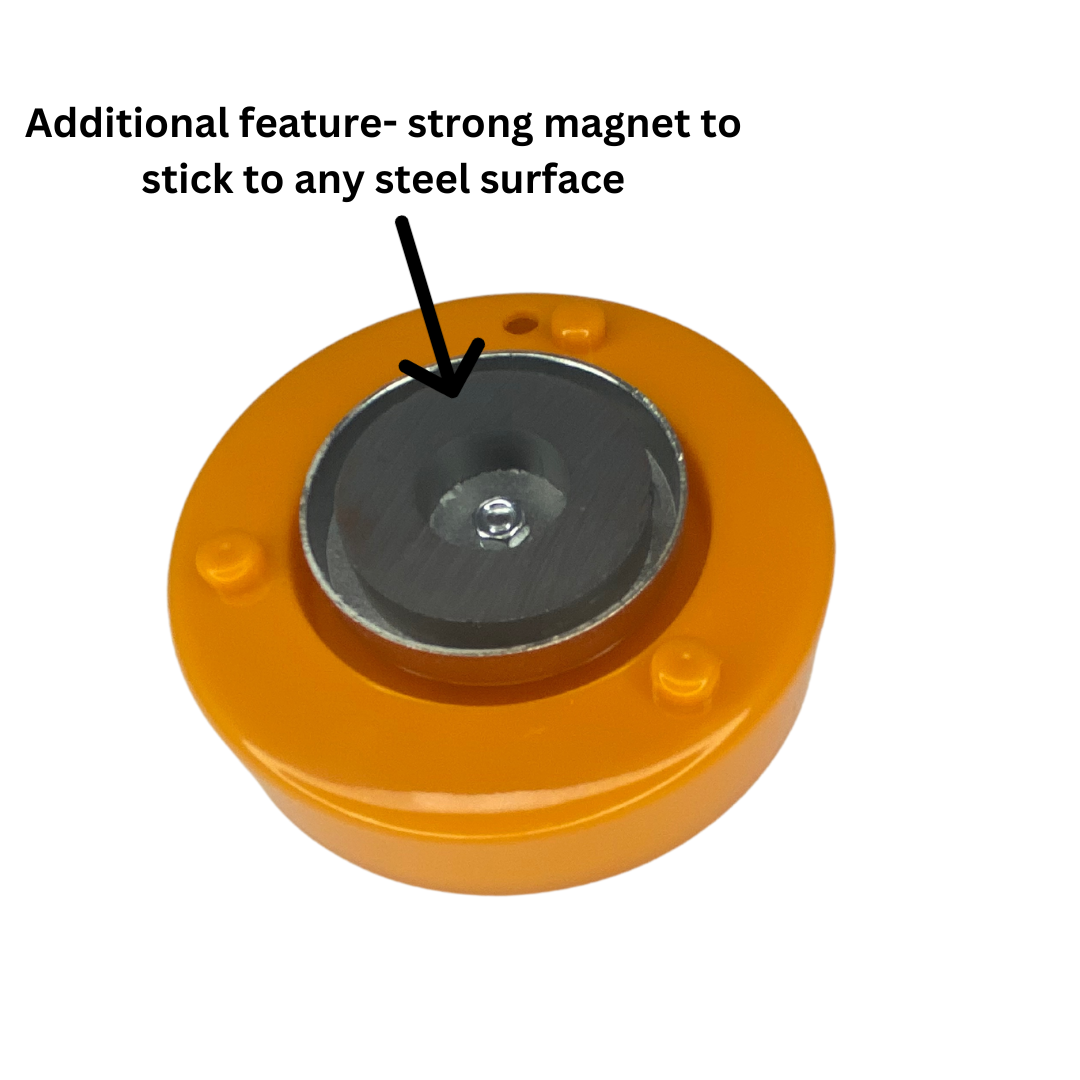
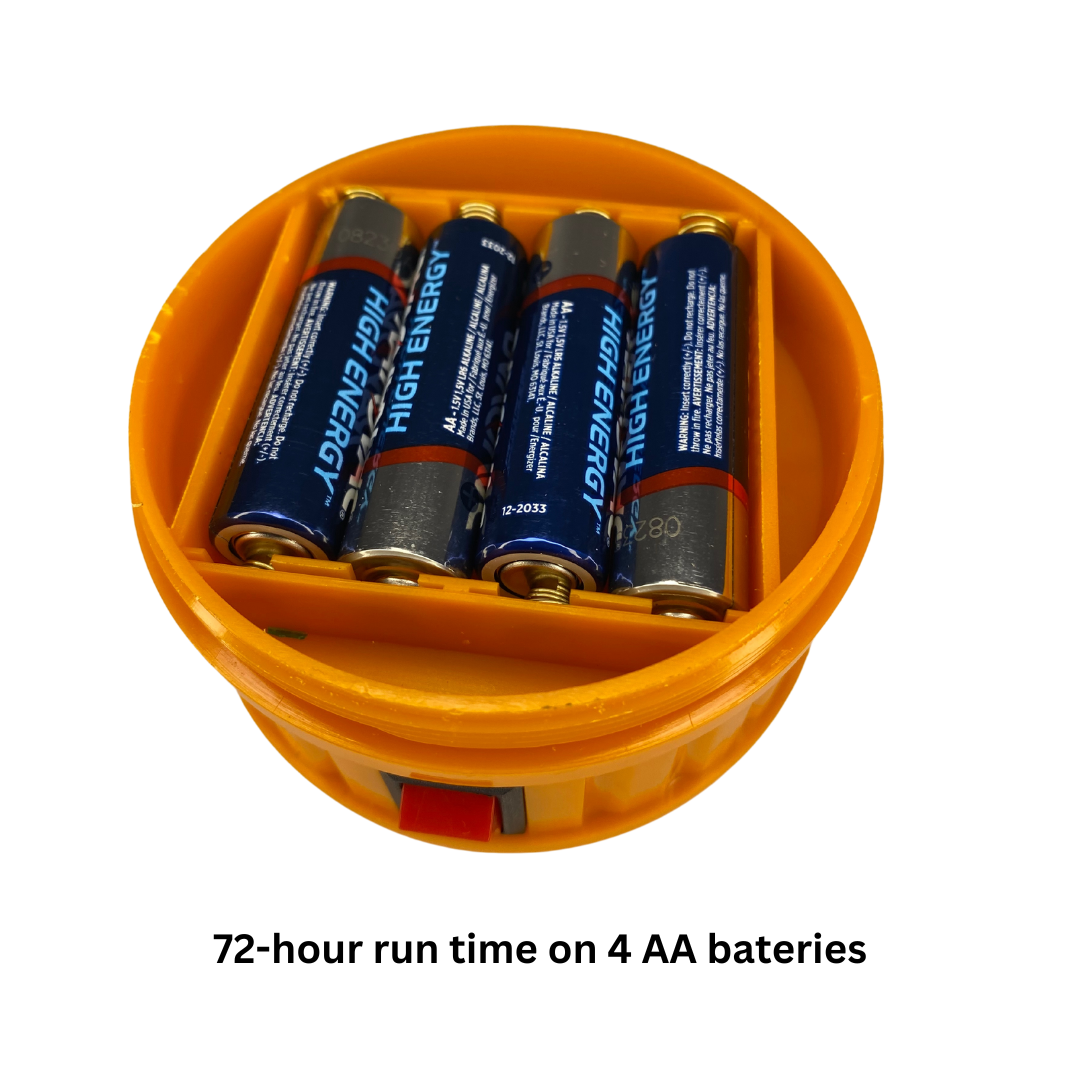
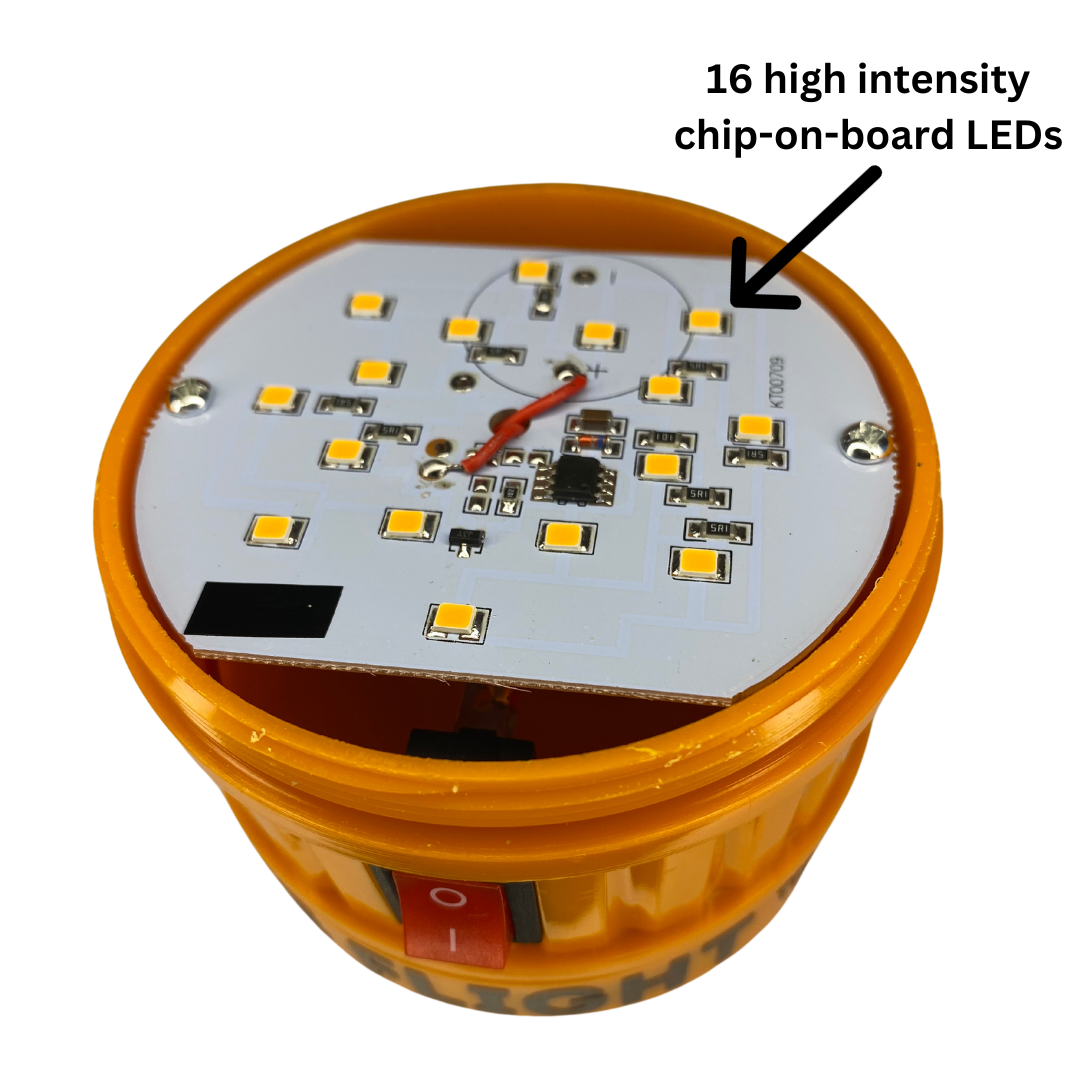
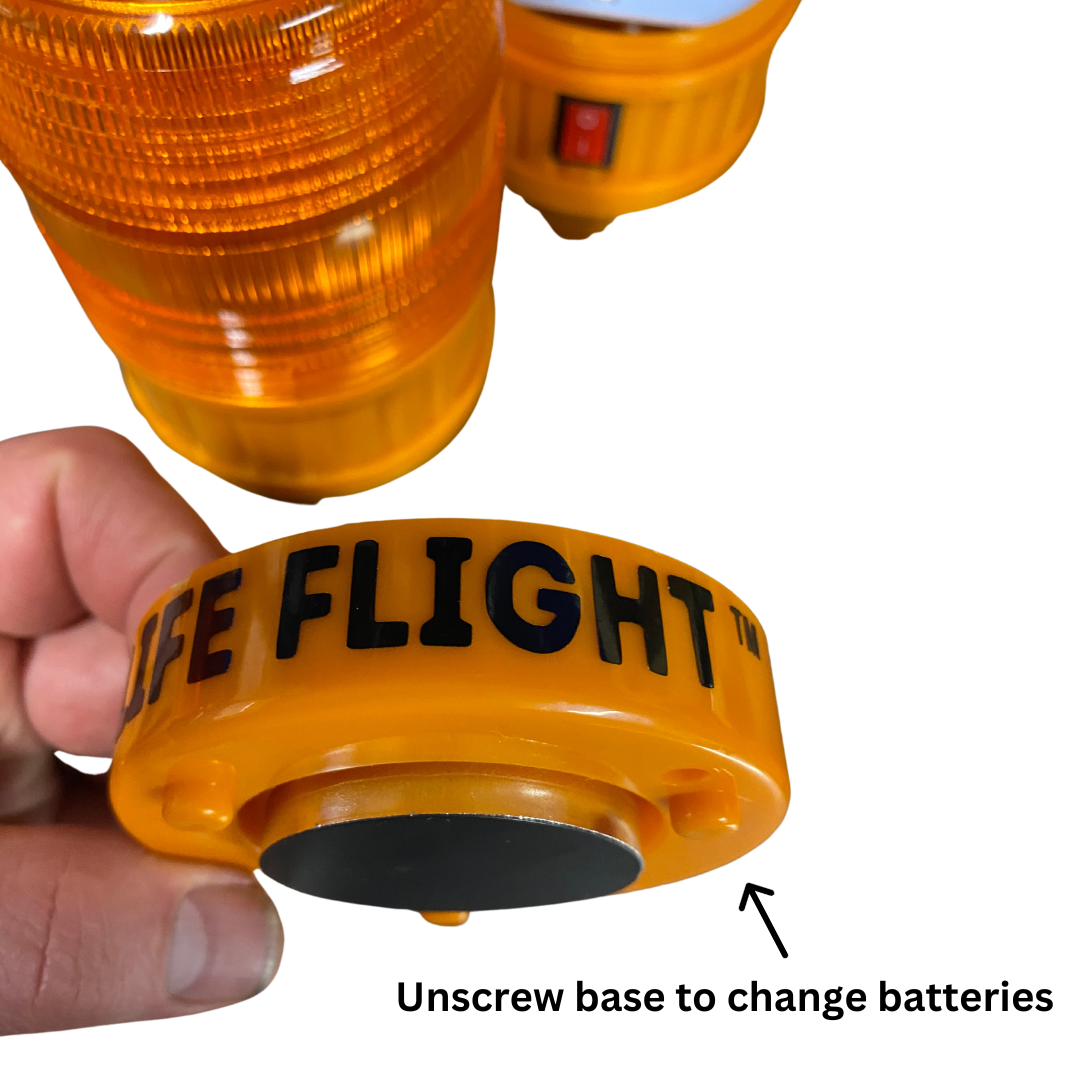
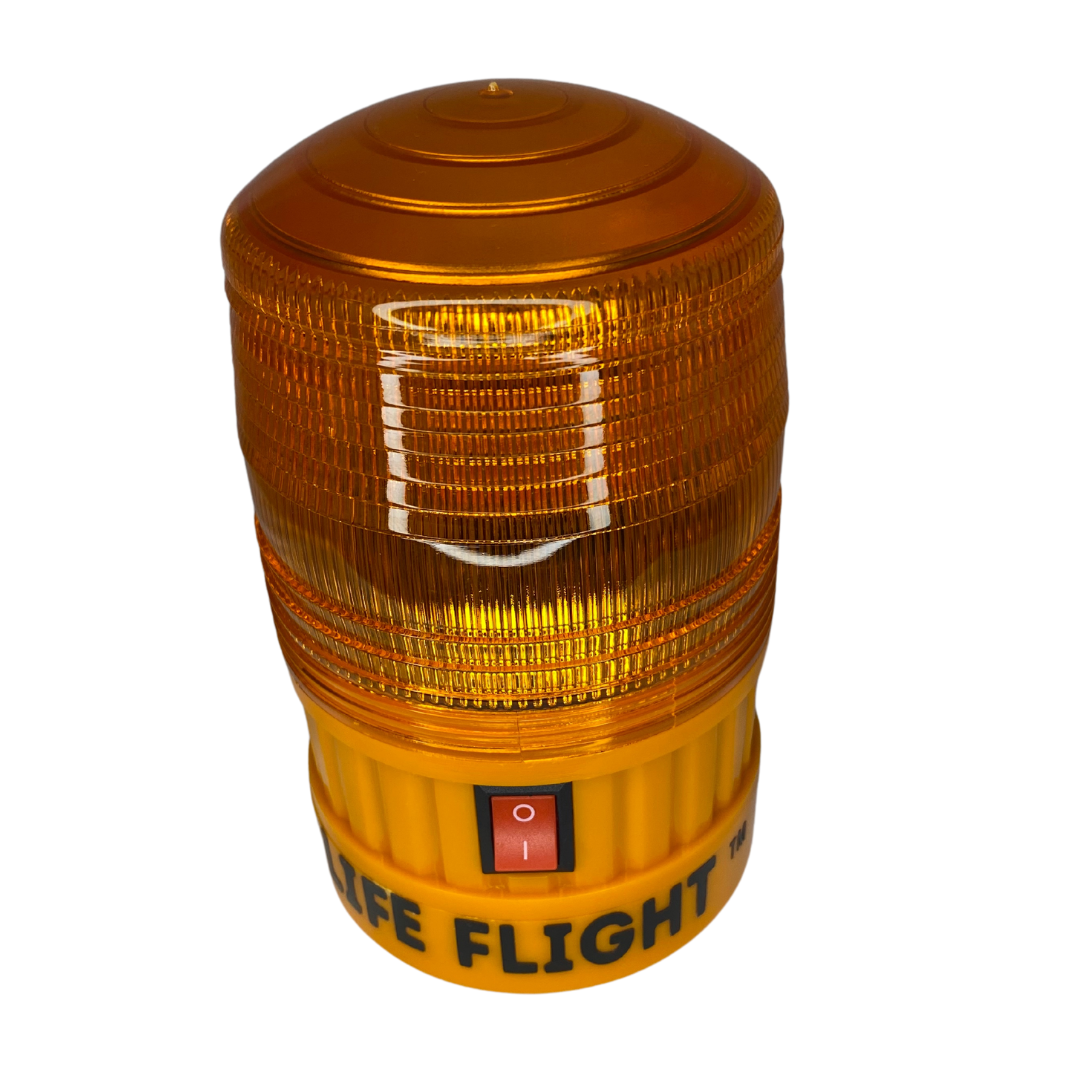
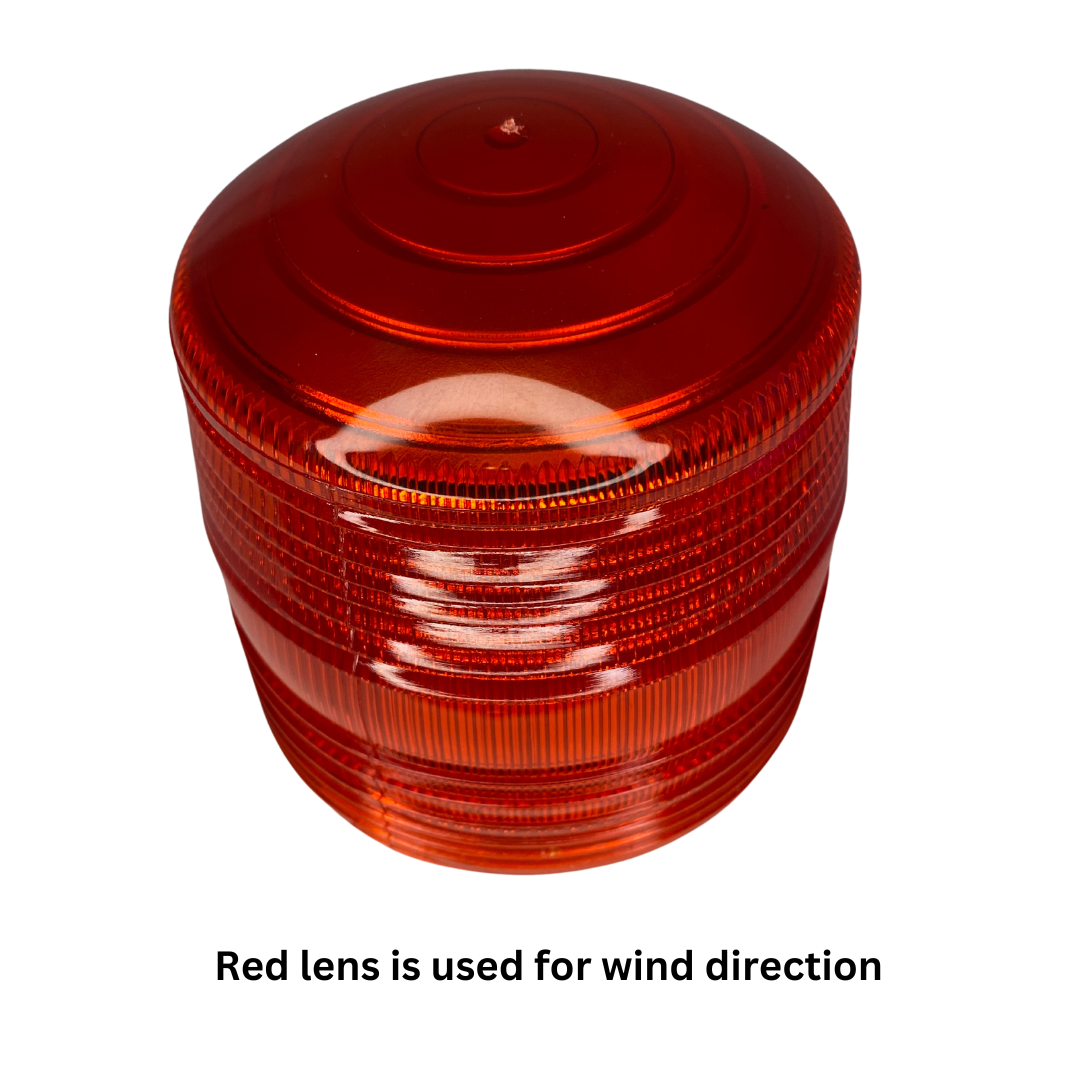
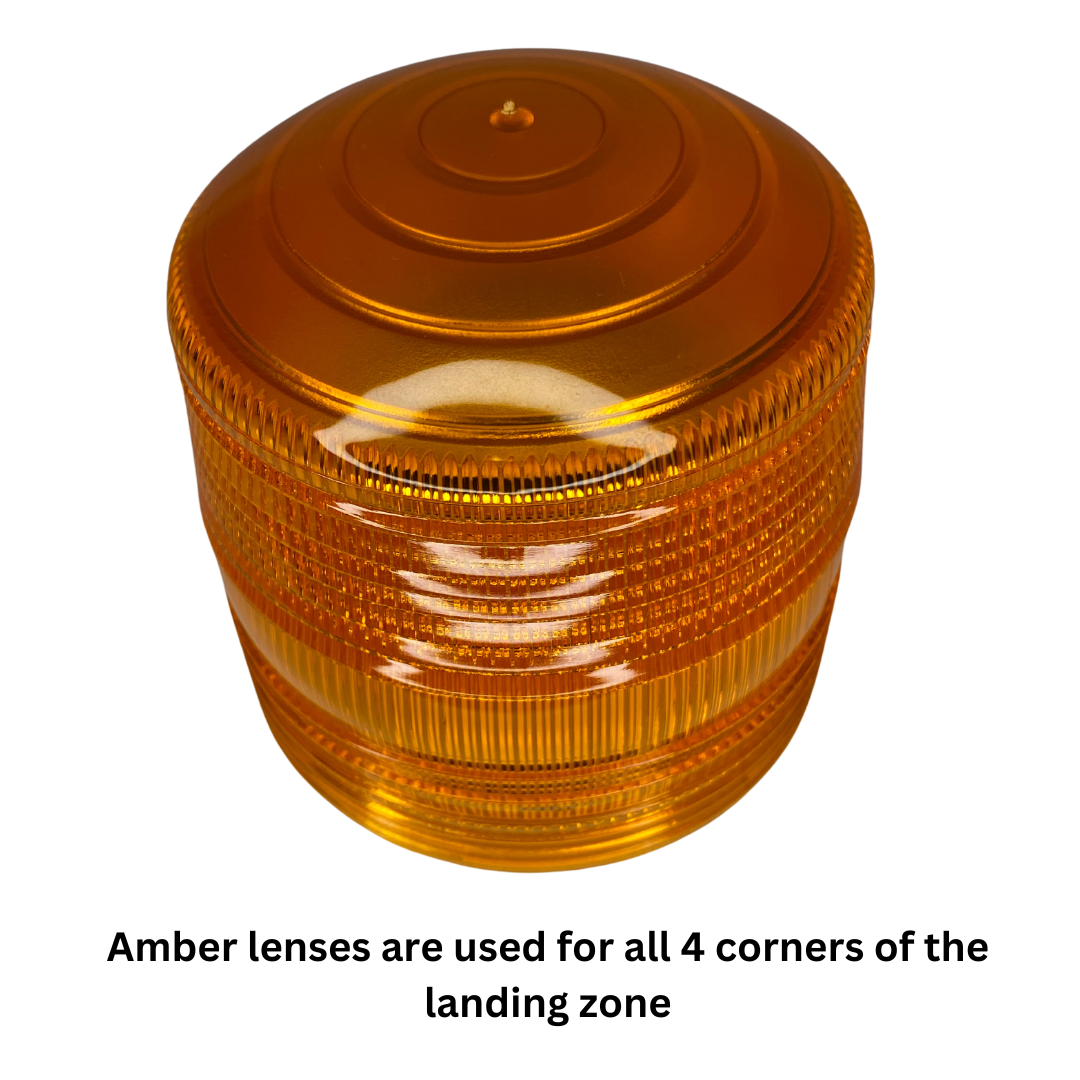

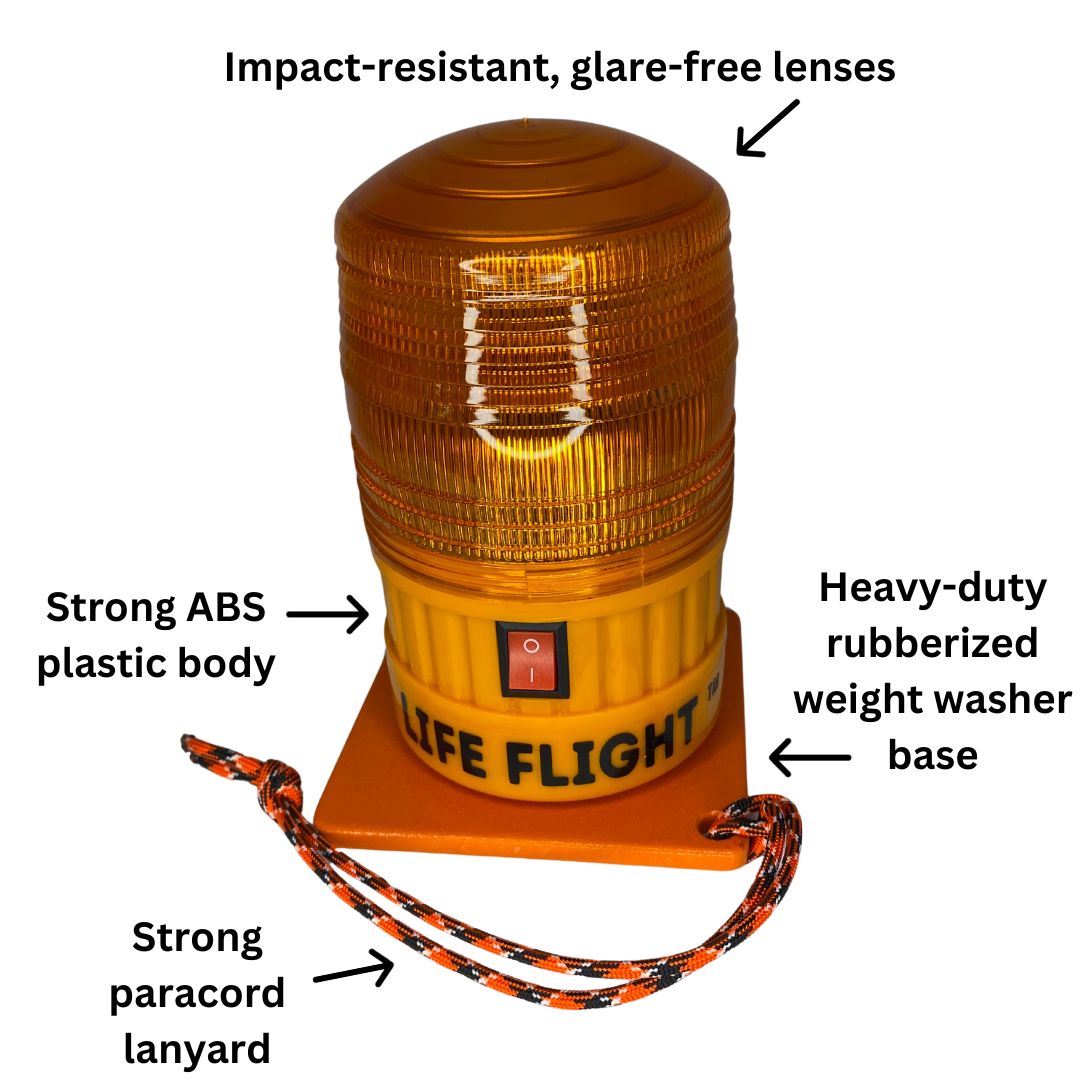
Superior Safety & Durability
Each Life Flight™ light module has been built with 16 state-of-the-art high intensity LEDs per light module that can be seen over 5000 ft away - our board-mounted LEDs are superior to the old style LEDs.
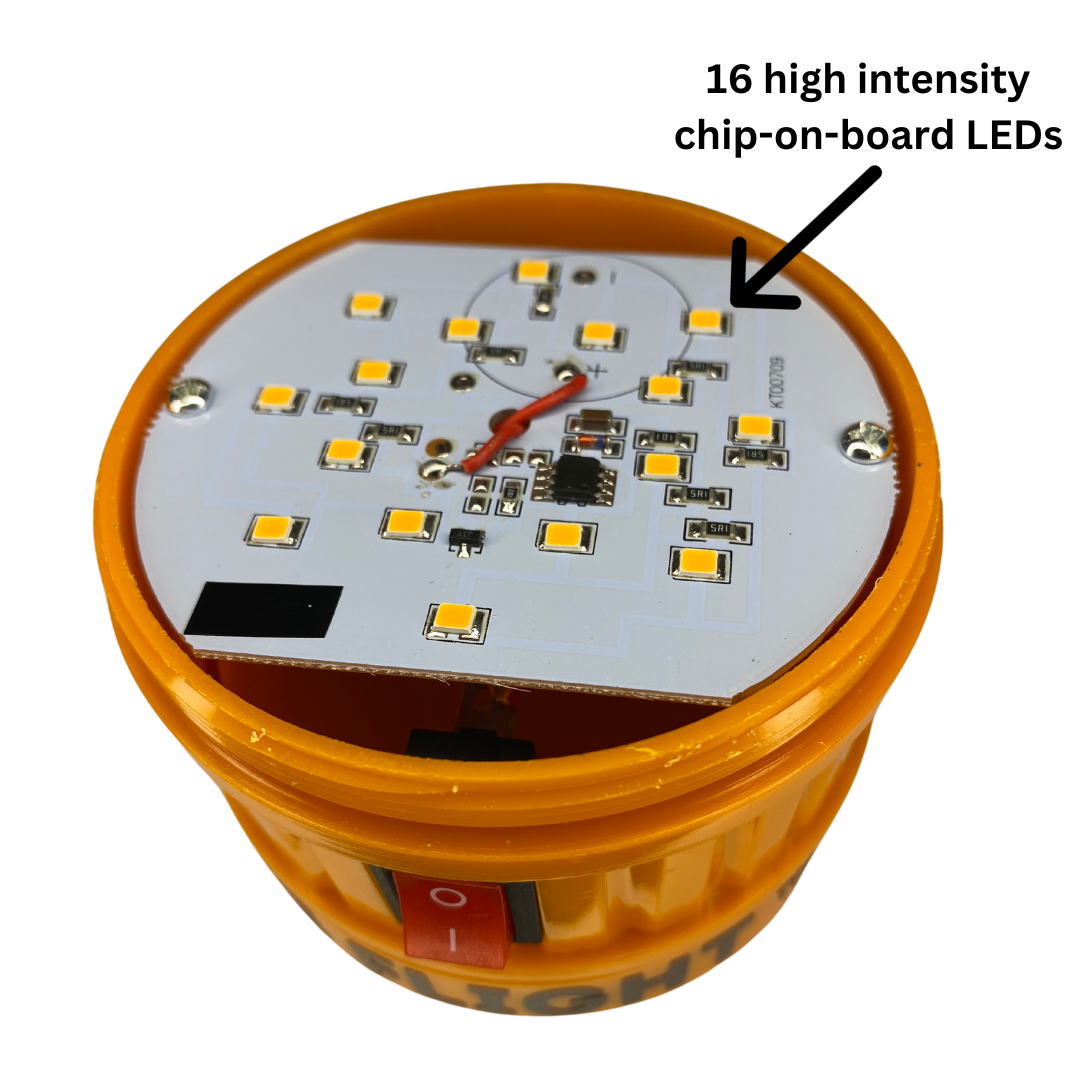
State-of-the-art LEDs
There are 16 state-of-the-art high intensity board-mounted (COB) chip on board LEDs per light module that can be seen over 5000 ft away - board-mounted LEDs are superior to the old style LEDs- they produce more light, less heat, last for thousands of hours of runtime, and can handle a lot more abuse and rough handling.
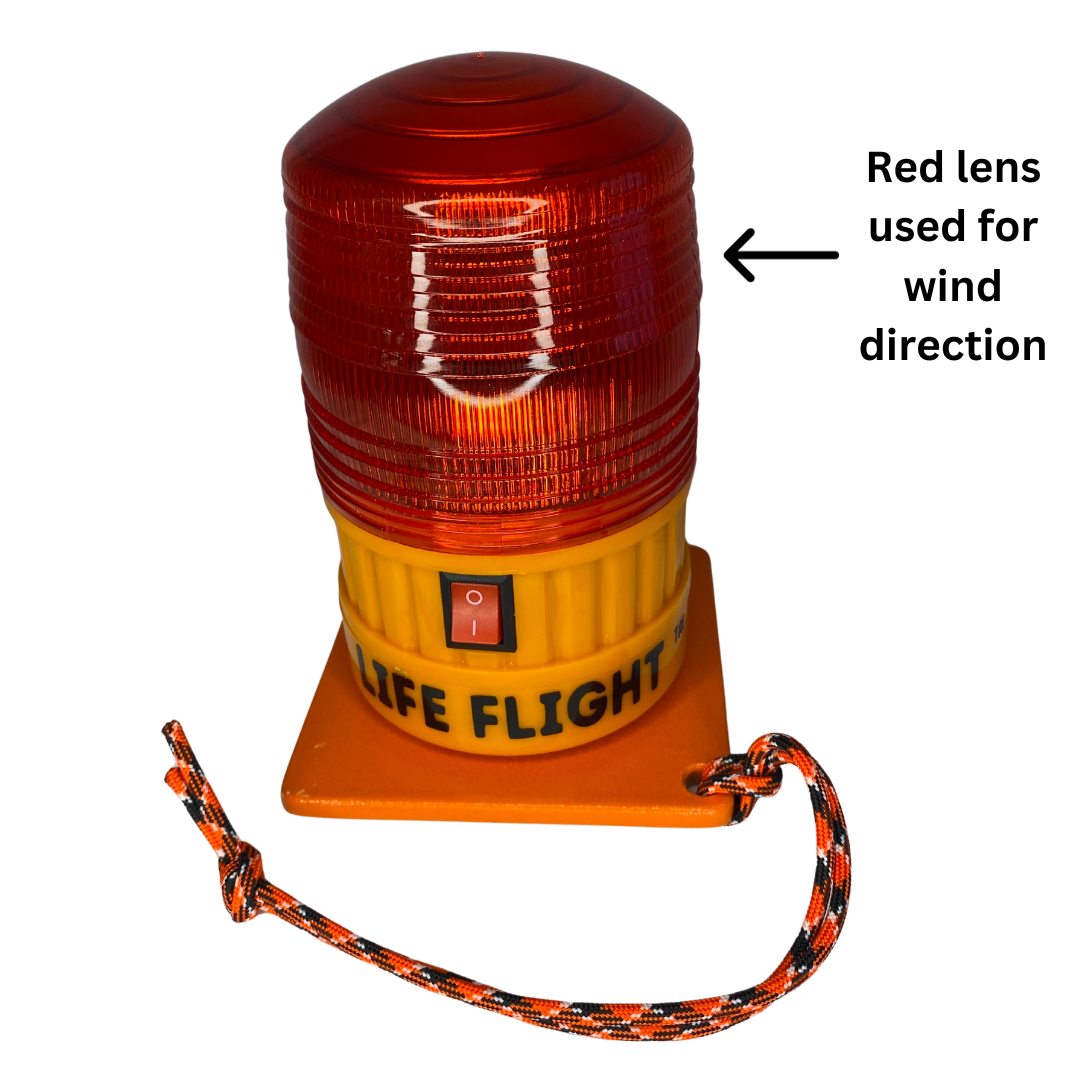
The Best for Pilots
Life Flight™ amber and red lenses are specifically manufactured with the ability to transmit the most light possible and with a glare-free design to prevent impairing the pilot’s vision while landing.
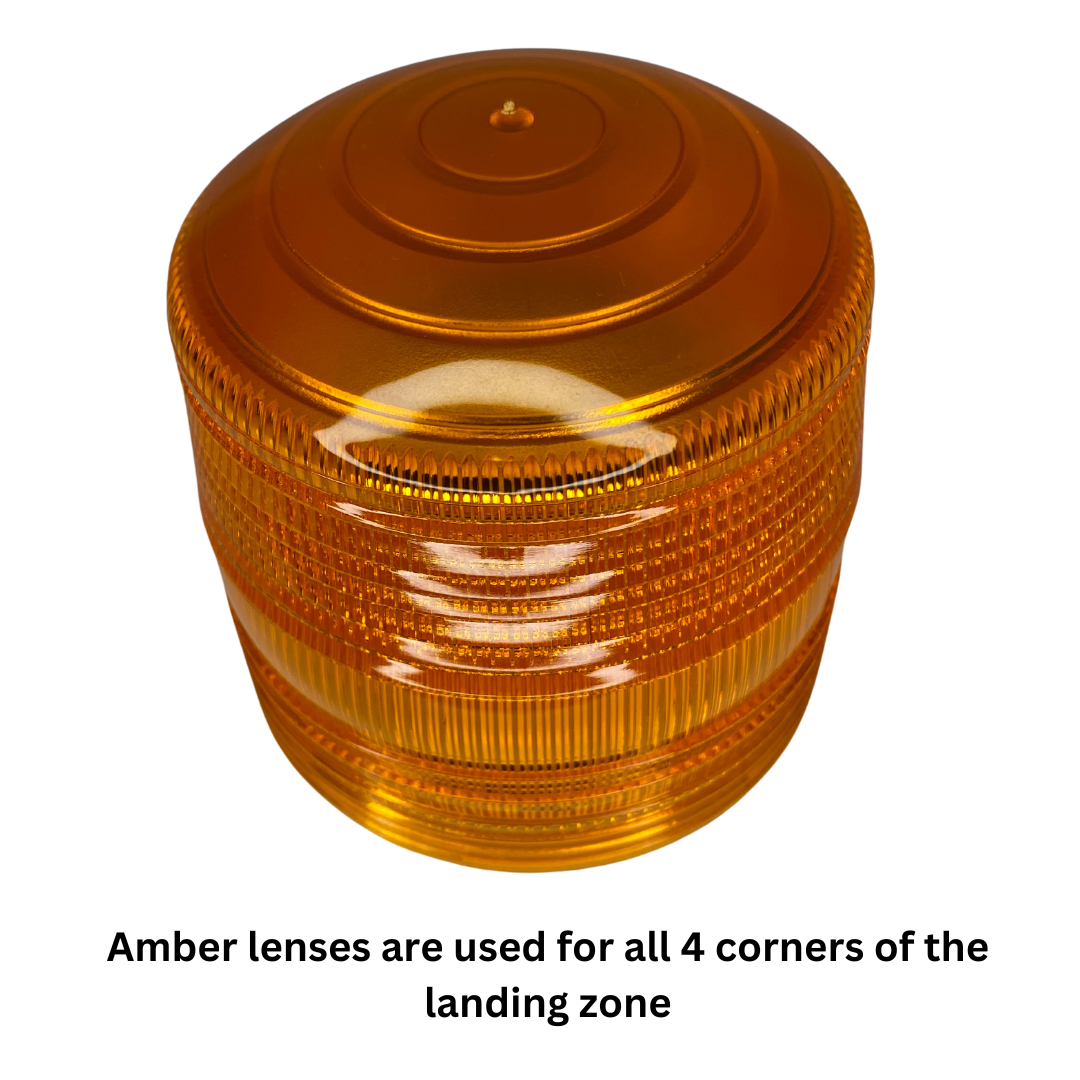
Amber means visibility
Shock and weather resistant amber domes are used to demarcate the four corners of the Life Flight™ Landing Zone. Amber has been scientifically proven to provide maximum visibility and attract maximum attention.

Red for wind direction
The Life Flight™ Landing Zone Kit features a red shock and weather resistant beacon to show the pilot the wind direction at the Landing Zone site. This is an important added safety feature which ensures both flight crew and passenger safety.
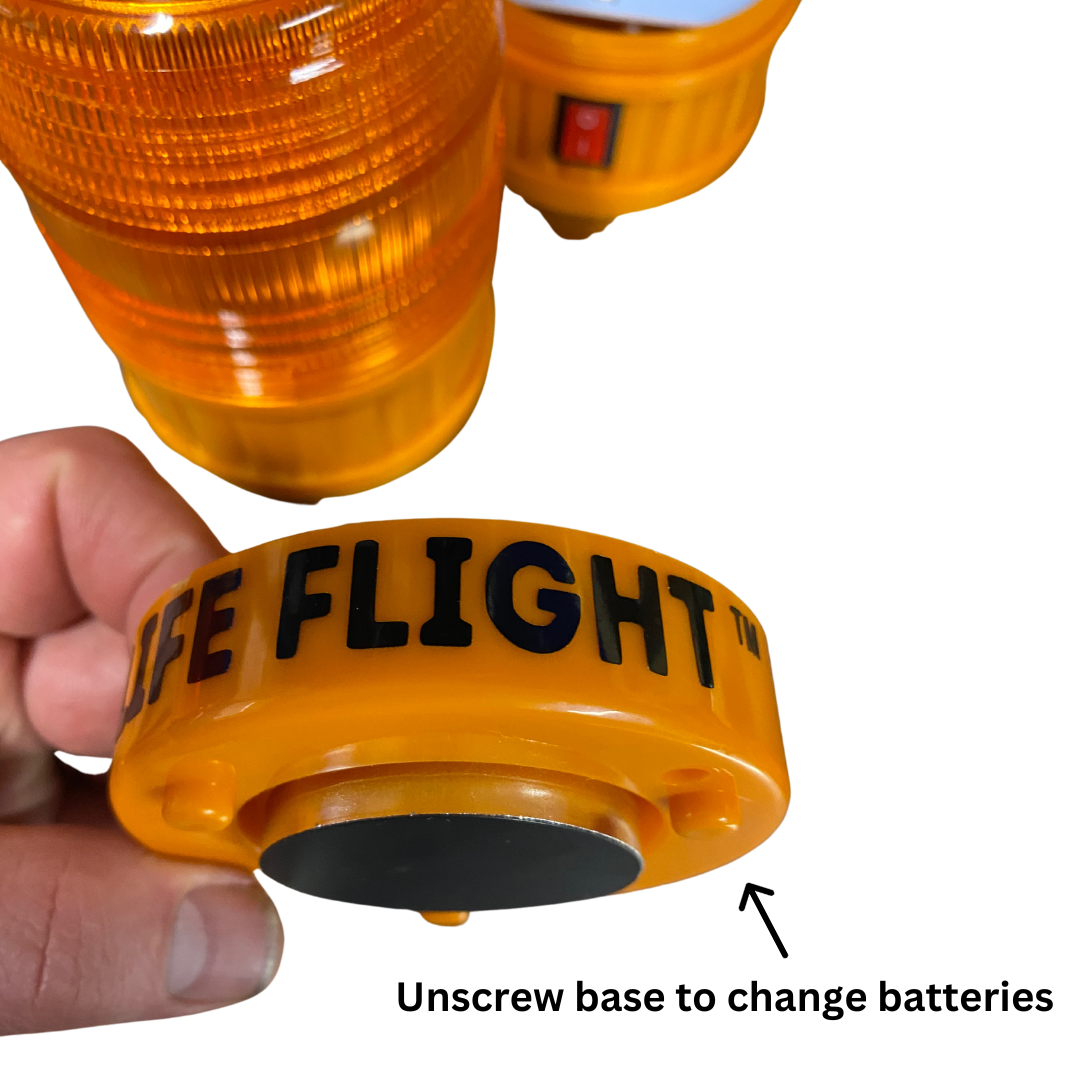
Easy access
To change the four AA batteries inside of each beacon, simply unscrew the bottom of the unit.
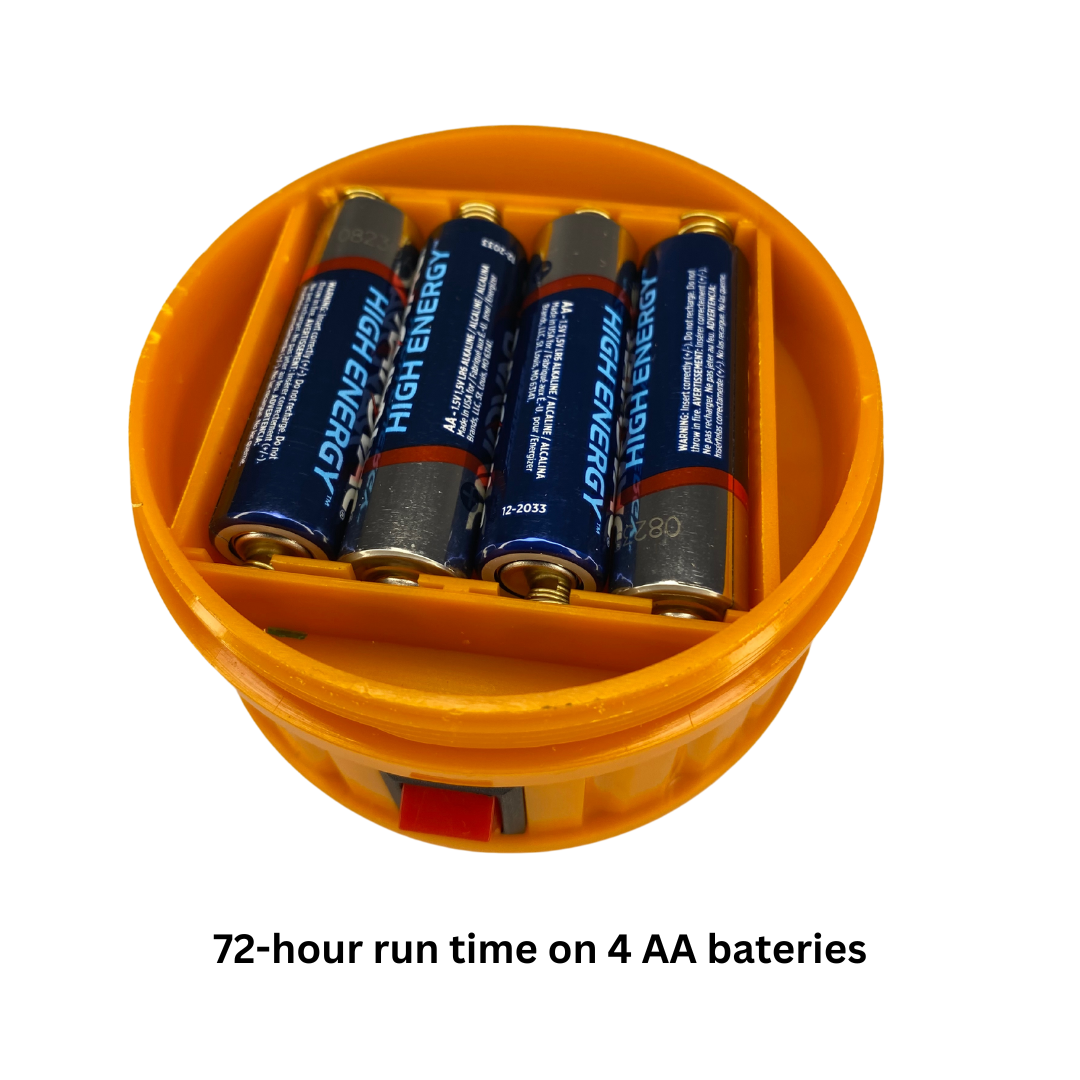
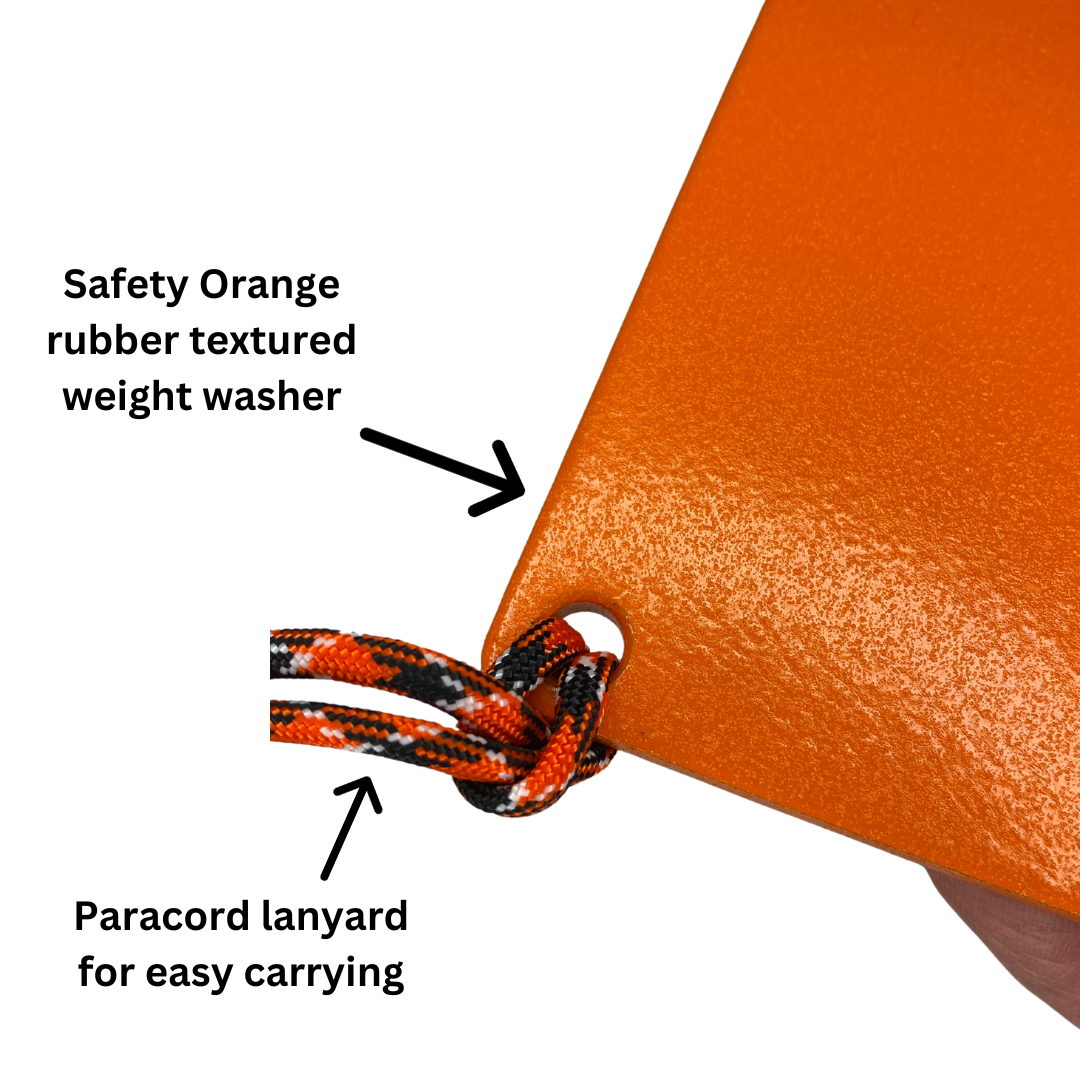
Sturdy bases
Each kit comes with 5 professional grade weighted bases that are painted Safety Orange
Each weighted base uses thick heavy grade ¼” steel plate weighing 16 oz each
Coated with a specially formulated textured rubber coating to prevent moving under the heaviest of rotor wash conditions
Comes with a military grade paracord lanyard for easy carrying and deployment
All in Safety Orange for high visibility - easy to find in high brush or on dark blacktop roadways
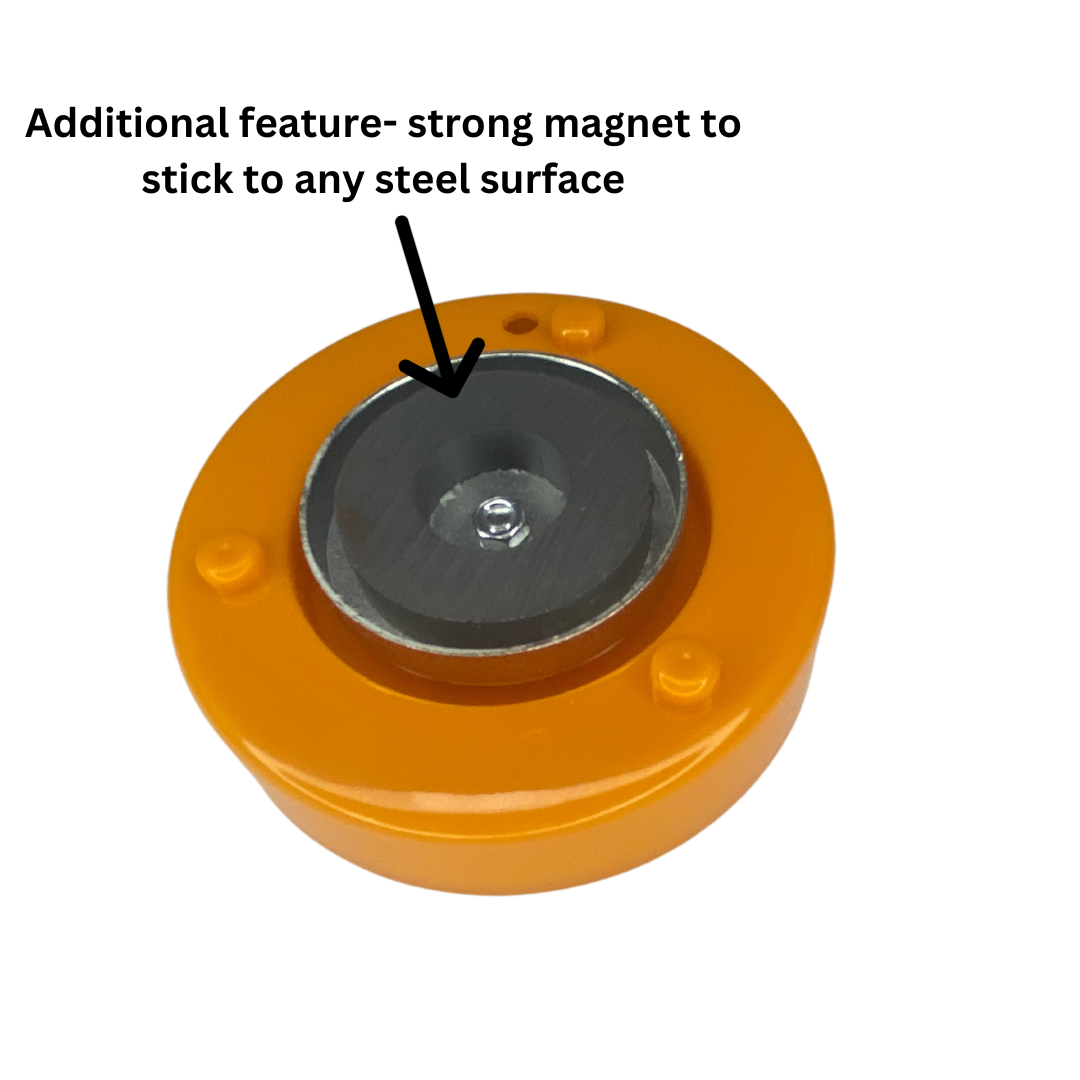
Built-in magnet
The Life Flight™ Landing Zone Kit is unique on the market in providing extra safety accessories for no extra cost. Every Life Flight beacon is crafted with a heavy duty magnet on the bottom lid so that it can be secured on any steel surface.
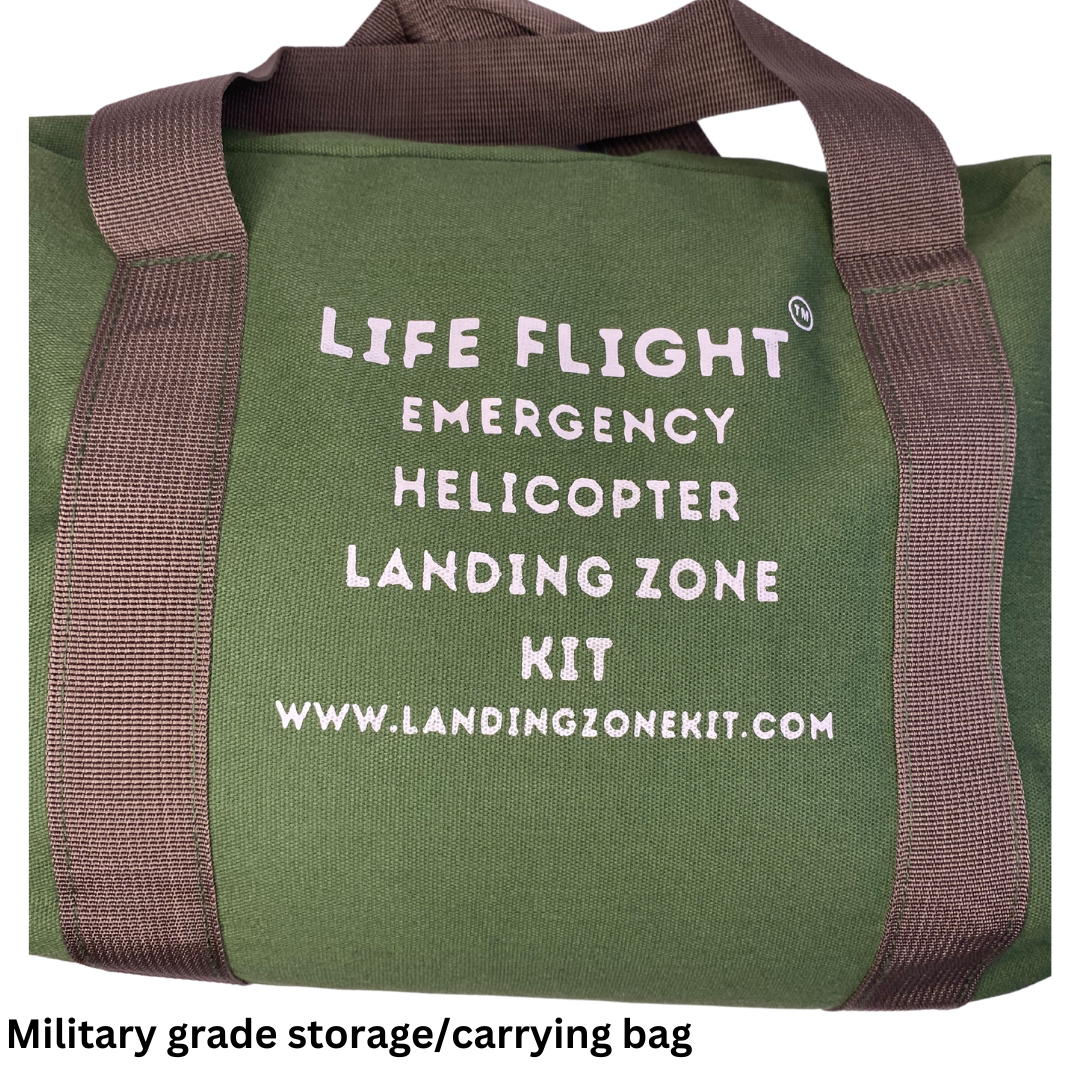
Military Grade
The Life Flight™ Landing Zone Kit is packed in a military grade, sturdy, and easy to access carry bag, made with durable Cordura nylon support straps.
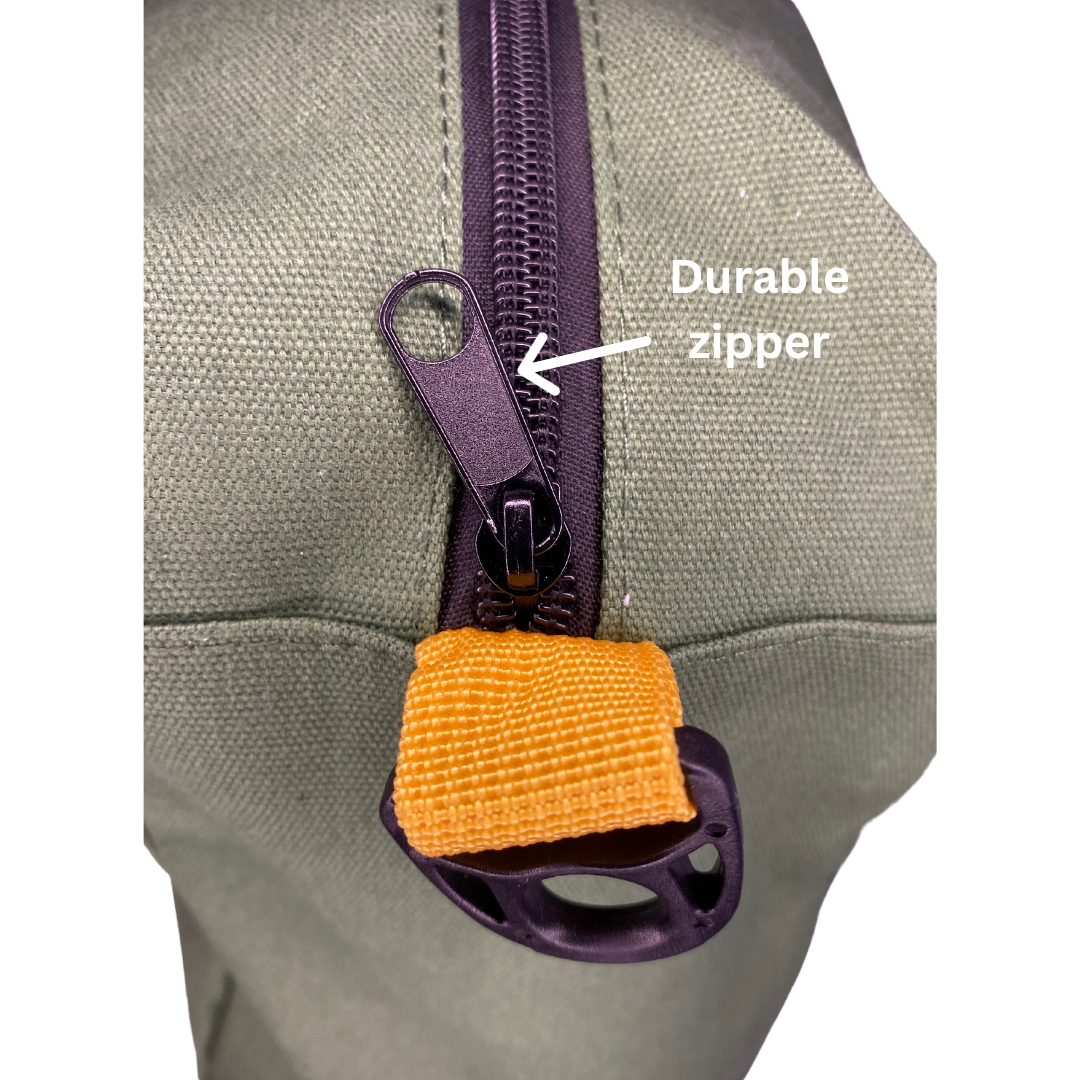
Built Tough
Our military grade carry bags are made to last, with heavy-duty, tight-knit canvass, seam reinforcement, and large, durable zippers.
Life Flight™ Saves Lives

Setting up a Landing Zone
The first-responding unit should designate an LZ Commander to select a safe site which is as close to the scene or patient as possible without jeopardizing the safety of ground personnel and structures.
A Landing Zone site should be on a hard, clean surface or grass. The designated LZ square should be 100 ft x 100 ft., free of debris, gravel, sand, trees, snow, rocks, power lines, telephone poles, and any other objects which may interfere with landing.
Most Life Flight helicopters in use today have a main rotor diameter of 35-50 feet and a fuselage length with main rotor blades turning of 40-50 feet. Military helicopters are usually much larger.
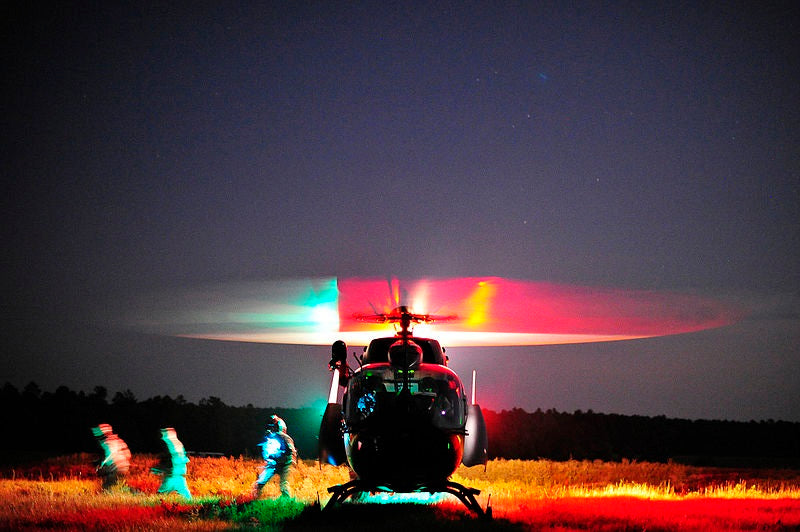
Safety Precautions
Once the LZ Commander has selected a potential site, be sure to verify that the landing site has no more than a 5-degree maximum slope.
Normally, a helicopter will land and take off into the wind. The LZ ground team can help the pilot to determine wind direction and speed at the landing zone. Use the Life Flight™ RED beacon to show wind direction. You can use a bright streamer or flag near the beacon to assist the pilot in
determining approximate wind speed.
Whether dark or light, use the four AMBER Life Flight™ beacons to designate the four corners of the 100 x 100 Landing Zone.
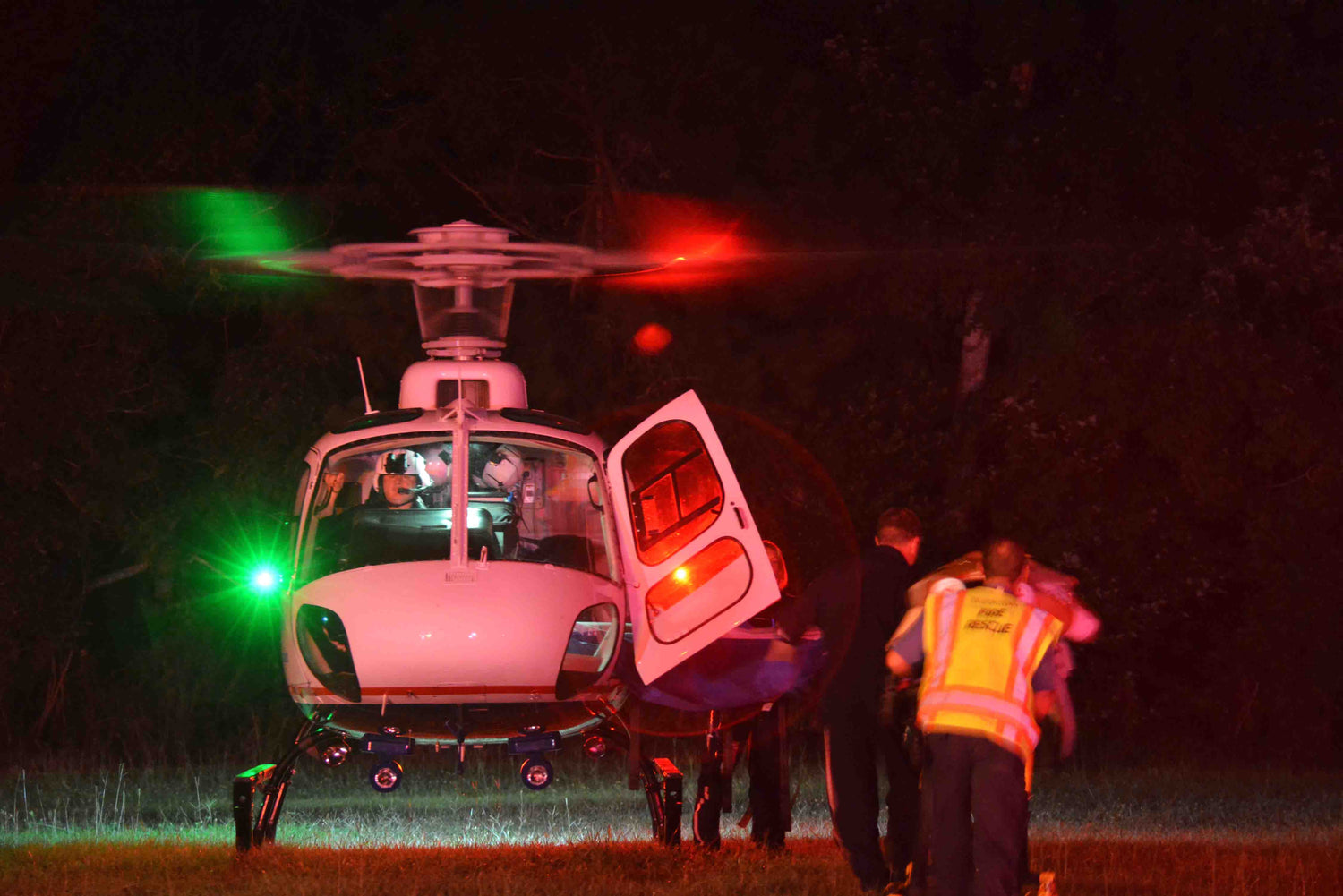
Night Landing
Once the pilot has indicated to the ground crew that they have identified the LZ, all vehicles should be moved away from the LZ and all headlights should be switched off.
Note that the white, blue and red strobe lights of emergency vehicles are EXTREMELY DISTRACTING to the pilot during a night takeoff or landing.
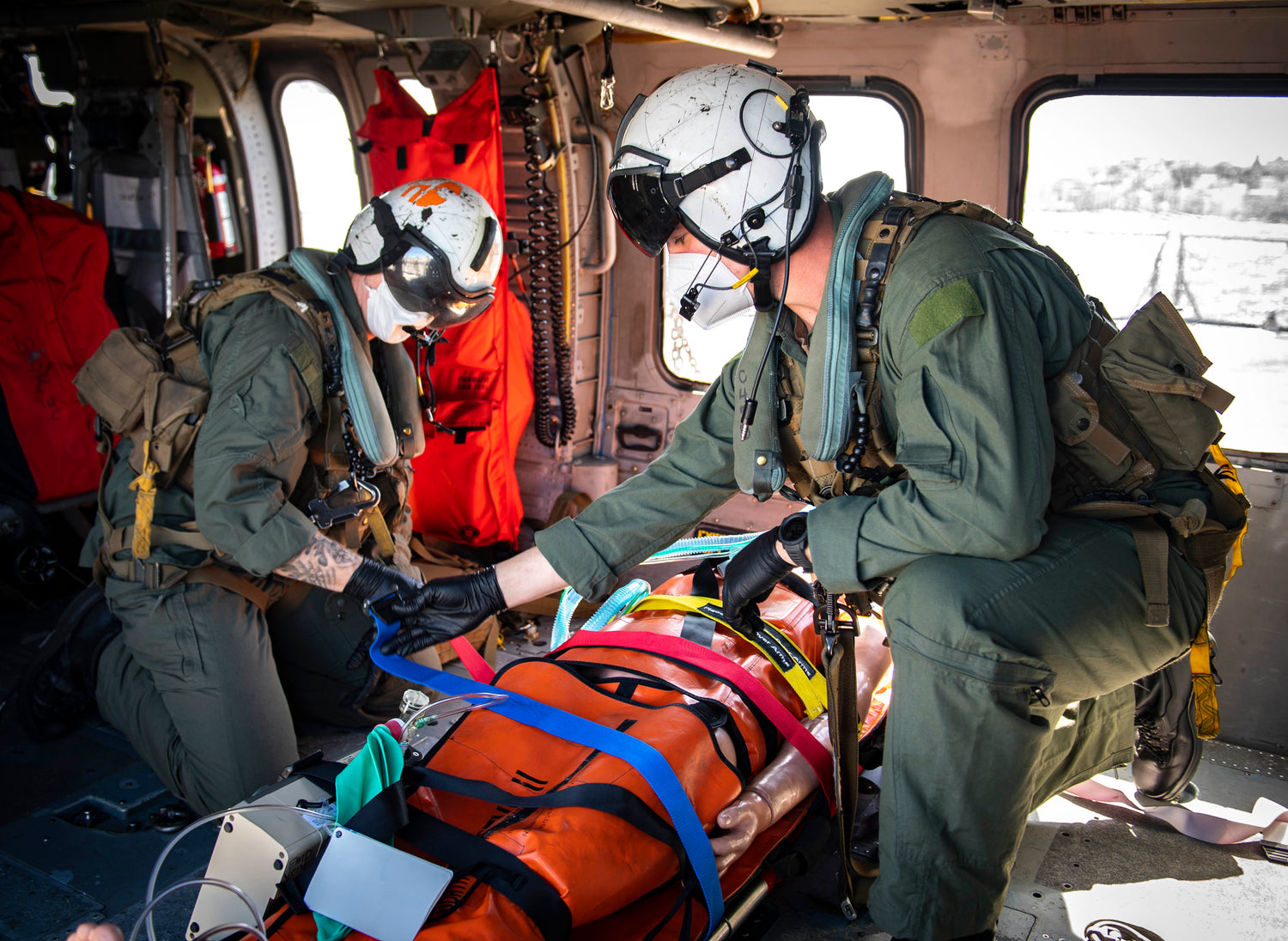
General Safety Tips
- NEVER approach a landed helicopter until the crew indicate that it is safe to do so.
- ALWAYS approach a helicopter towards the front of the aircraft, NEVER towards the back. You can be injured or killed by the rear propellers.
- If the helicopter is on a slope, always approach the helicopter from below, proceeding up the slope, and keeping your head down. Wind can cause the main rotors to bend down towards the ground.
- The pilot always has the right to refuse to land. If the helicopter crew are unable to use the selected LZ, consult with the pilot and select an alternative LZ.
- This material is intended for informational use only and does not address all safety considerations involved with aircraft operations.
